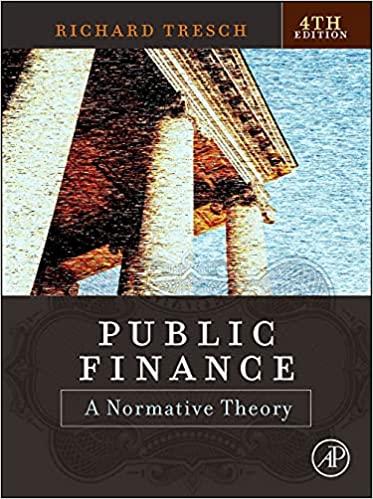Question
The current exchange-rate regime is sometimes described as a system of managed floating exchange rates, but with some blocs of currencies that are tied together.
The current exchange-rate regime is sometimes described as a system of managed floating exchange rates, but with some blocs of currencies that are tied together.
What are the two major blocs of currencies that are tied together?
What are the major currencies that float against each other?
How would you characterize the movements of exchange rates between the U.S. dollar and the other major currencies since the shift to managed floating in the early 1970s?
2. The Pugelovian government is attempting to peg the exchange-rate value of its currency (the pnut) at a rate of three pnuts per U.S. dollar (plus or minus 2 percent). Unfortunately, private market supply and demand are putting downward pressure on the pnuts exchange-rate value. In fact, it appears that, under current market conditions, the exchange rate would be about 3.5 pnuts per dollar if the government did not defend the pegged rate.
How could the Pugelovian government use official intervention in the foreign exchange market to defend the pegged exchange rate?
How could the Pugelovian government use exchange controls to defend the pegged exchange rate?
How could the Pugelovian government use domestic interest rates to defend the pegged exchange rate?
Step by Step Solution
There are 3 Steps involved in it
Step: 1

Get Instant Access to Expert-Tailored Solutions
See step-by-step solutions with expert insights and AI powered tools for academic success
Step: 2

Step: 3

Ace Your Homework with AI
Get the answers you need in no time with our AI-driven, step-by-step assistance
Get Started


